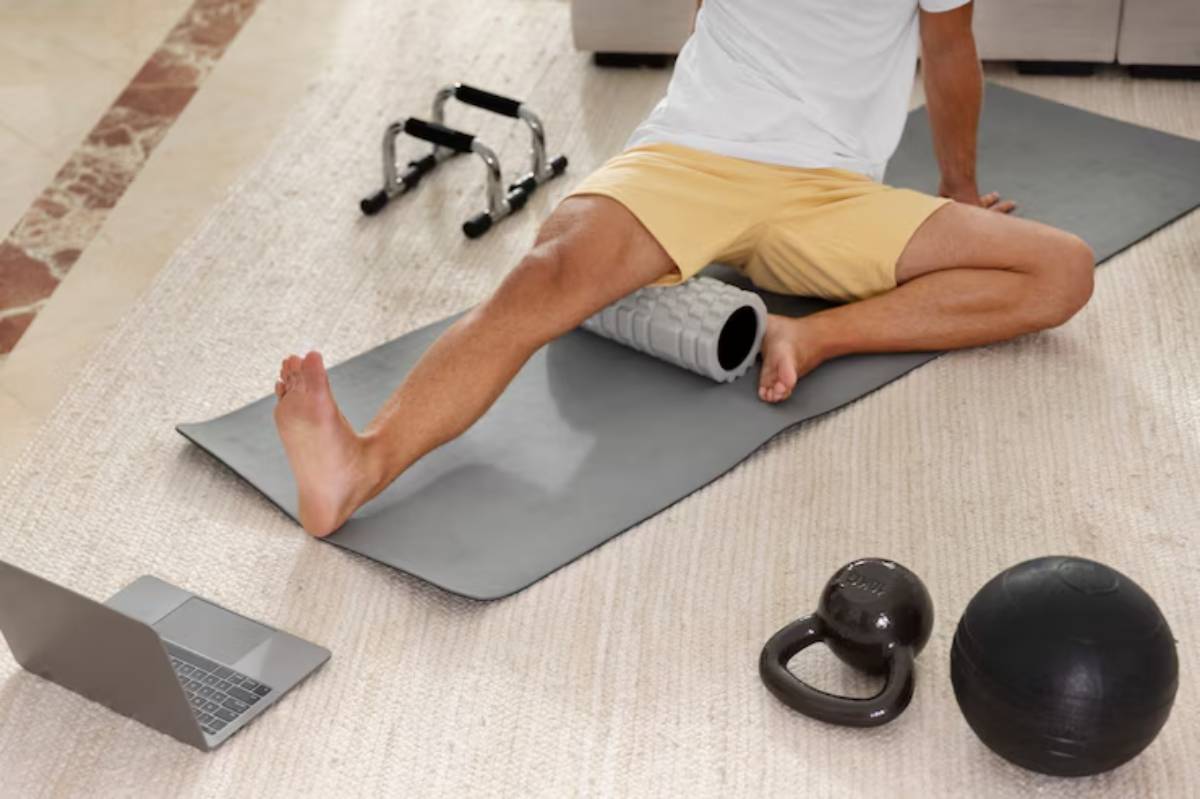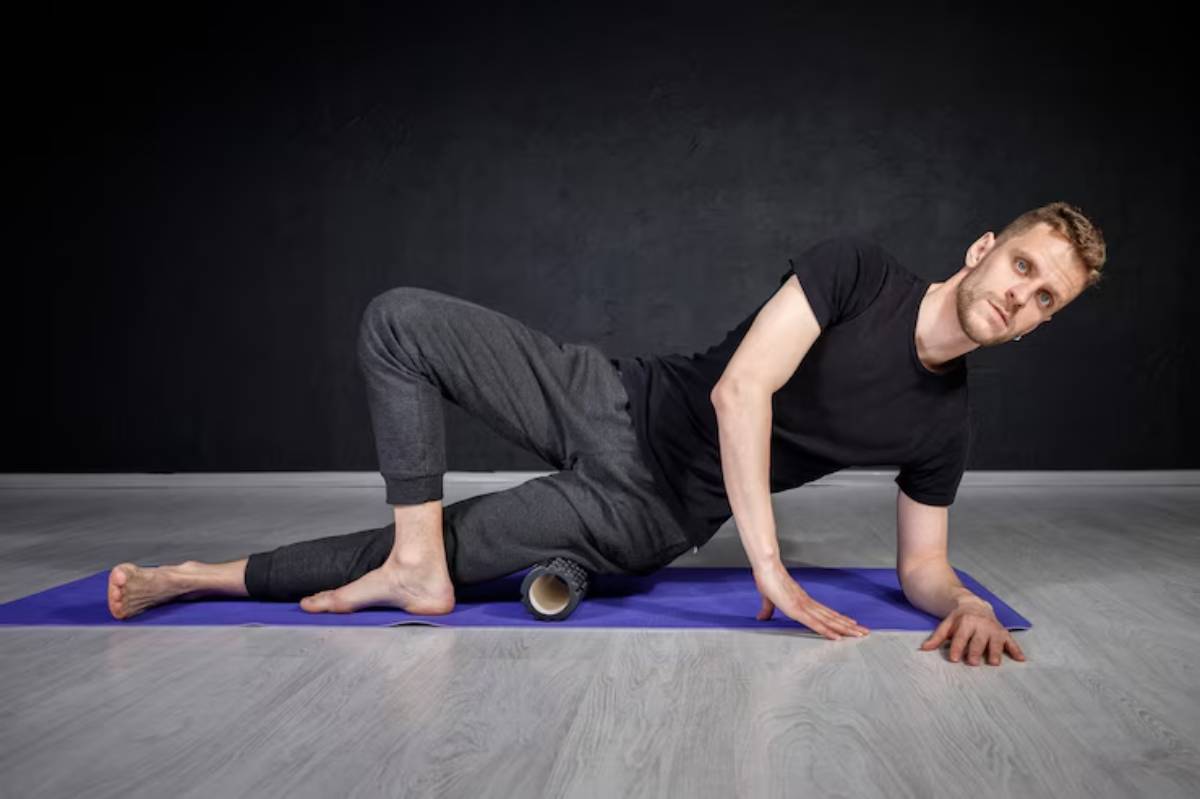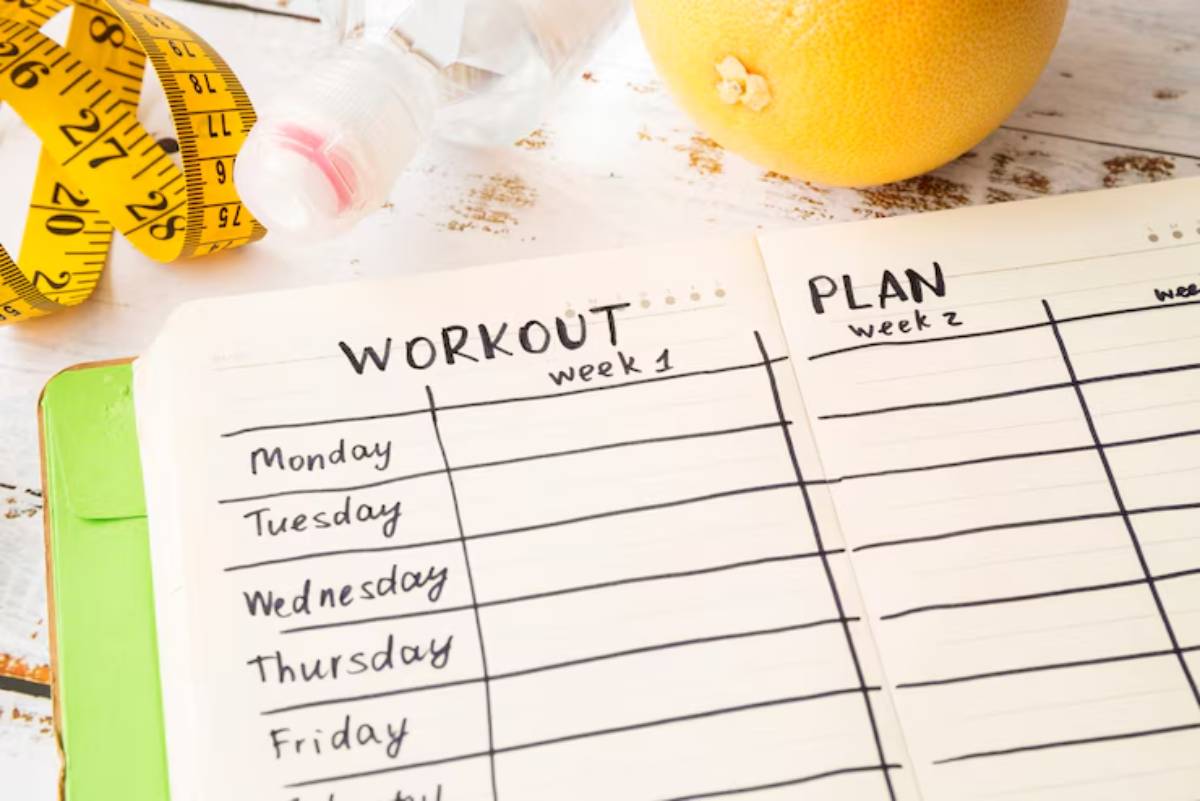
Common Mistakes With Foam Rolling: What You Might Be Getting Wrong
Foam rolling is one of those fitness tools that’s become wildly popular — and for good reason. It’s cheap, simple, and effective when done right. But here’s the problem: most people are doing it wrong.
That’s not to say it’s useless — quite the opposite. Foam rolling can reduce muscle soreness, improve mobility, and speed up recovery. But if you’re making common foam rolling errors, you might be wasting time, risking injury, or making tight muscles even tighter.
In this article, we’ll cover the most frequent self-massage mistakes people make with recovery tools like foam rollers and massage balls. You’ll learn how to roll smarter, not harder, so you get real results, not frustration or bruises. If you’ve ever wondered whether you’re doing it right, this guide is for you.
Why Foam Rolling Works — When Done Properly
Before we get into mistakes, let’s quickly understand how foam rolling helps:
Foam rolling is a type of self-myofascial release (SMR). It works by applying pressure to the fascia — the connective tissue surrounding muscles — to:
- Reduce stiffness and improve range of motion
- Break up adhesions and “muscle knots”
- Increase blood flow for faster recovery
- Promote nervous system relaxation
But here’s the catch: technique matters. A few common missteps can turn an effective recovery strategy into a waste of effort — or worse, something that causes discomfort and irritation.
Mistake #1: Rolling Too Fast
The error: Treating your foam roller like a steamroller — zipping up and down muscles in seconds.
Why it’s wrong: Fast rolling doesn’t give the fascia or muscle fibres time to respond. You’re just stimulating the skin and surface tissues, not affecting the deeper layers where tension lives.
Fix it: Slow down. Take 30 seconds to 2 minutes per muscle group. When you hit a tender spot, pause and breathe — that’s where the real release happens.
Mistake #2: Spending Too Long on One Spot
The error: Parking on a painful knot for minutes at a time, gritting your teeth through the pain.
Why it’s wrong: While targeting knots is important, holding intense pressure for too long can irritate tissues, cut off circulation, and cause more inflammation.
Fix it: Aim for 20–30 seconds per trigger point, then move on. You can always return in a later session. If it’s that tender, it needs patience, not punishment.
Mistake #3: Rolling Over Joints or Bones
The error: Rolling directly over your knees, spine, elbows, or other bony areas.
Why it’s wrong: These areas aren’t protected by thick muscle or fascia. Applying pressure here can bruise bone or compress nerves, leading to more harm than good.
Fix it: Stick to muscle tissue only. For areas near joints (like the IT band or spinal muscles), position your roller beside the joint, not directly on it.

Mistake #4: Ignoring Alignment and Core Control
The error: Letting your hips sag, shoulders slump, or head hang while rolling.
Why it’s wrong: Poor posture during foam rolling puts unnecessary strain on your joints, especially the lower back and neck.
Fix it: Think of foam rolling as active recovery. Engage your core, keep your spine neutral, and maintain proper form, especially during upper body rolling.
Mistake #5: Rolling Through Intense Pain
The error: Believing that “if it hurts, it must be working.”
Why it’s wrong: Sharp, electric, or overwhelming pain is a red flag. It triggers a stress response that tenses muscles — the opposite of what you want.
Fix it: Use the “it hurts so good” scale — discomfort is okay, pain is not. If you’re clenching your jaw, holding your breath, or wincing, ease off the pressure or switch to a softer tool.
Mistake #6: Using the Wrong Tool for the Job
The error: Using the same foam roller for every muscle, regardless of sensitivity or size.
Why it’s wrong: Not all tools are created equal. A dense roller on sensitive areas (like your neck or lats) can be too much, while a soft roller might not do enough for your glutes or quads.
Fix it: Match the tool to the area:
- Use a firm roller for large, dense muscle groups (quads, hamstrings)
- A soft roller or ball for sensitive areas (lats, chest, calves)
- A massage ball or peanut for small, hard-to-reach spots (shoulders, feet, traps)
Mistake #7: Skipping Breathwork
The error: Holding your breath or tensing up while foam rolling.
Why it’s wrong: Your breath is key to relaxing the nervous system. Shallow or held breaths keep your body in a fight-or-flight state, which blocks muscle release.
Fix it: Pair every roll or pressure hold with slow, deep breaths. Try inhaling through your nose for 3 seconds and exhaling through your mouth for 5. This encourages relaxation and helps your fascia respond better.
Mistake #8: Rolling Before You Warm Up (Sometimes)
The error: Jumping into deep tissue work with cold muscles right before a heavy workout.
Why it’s wrong: Aggressive rolling before training can actually reduce muscle activation and lead to instability in certain lifts or explosive movements.
Fix it: If you roll before training, use it as part of a light dynamic warm-up, targeting key mobility areas, not for deep release. Save intense sessions for after workouts or on recovery days.
If your goal is a total body warm-up, focus more on movement prep and less on deep myofascial release.

Mistake #9: Not Having a Plan
The error: Randomly rolling whatever feels tight, without consistency or strategy.
Why it’s wrong: Tightness often shows up in compensation areas. If you only chase the sore spots, you might miss the root cause of your movement issues.
Fix it: Build a simple rolling routine based on your training split or lifestyle. For example:
- After leg day? Focus on quads, hamstrings, glutes, and calves.
- Desk-bound all week? Hit the upper back, chest, and hip flexors.
- Long runs or cycling? Prioritise IT bands, calves, and glutes.
Consistency, not variety, delivers the biggest wins.
Mistake #10: Using It as a Fix-All
The error: Relying on foam rolling as the solution to all pain or mobility issues.
Why it’s wrong: Foam rolling helps, but it’s only part of the recovery equation. If you’re constantly rolling the same tight spots, the issue might be underlying imbalances, poor movement patterns, or overtraining.
Fix it: Use rolling as one tool in your kit. Combine it with:
- Strength training for weak or underused muscles
- Stretching or mobility drills for range of motion
- Rest, hydration, and proper fuelling for deep recovery
Explore a complete recovery meal plan or supplement your foam rolling with breathwork and mobility flows.
Signs You’re Doing It Right
When foam rolling is done well, you’ll notice:
- Less soreness the day after training
- Increased ease in your warm-ups
- Improved posture and flexibility
- Greater range in movements like squats or overhead presses
- Decreased tension in chronically tight areas
Even better? You’ll feel more in tune with your body and spot early signs of overuse before they become injuries.
Final Thoughts: Roll Smart, Not Hard
Foam rolling can be a game-changing part of your recovery — but only if you avoid the common missteps. Rolling too fast, applying too much pressure, or skipping breathwork doesn’t just reduce effectiveness — it can actually hold you back.
Instead, treat foam rolling as a mindful movement practice. Tune into your body, breathe deeply, and take it slow. Over time, your muscles will thank you with smoother movement, less pain, and better performance.
And remember, it’s not about punishing your tissues. It’s about teaching them to let go — and that starts with your approach.


